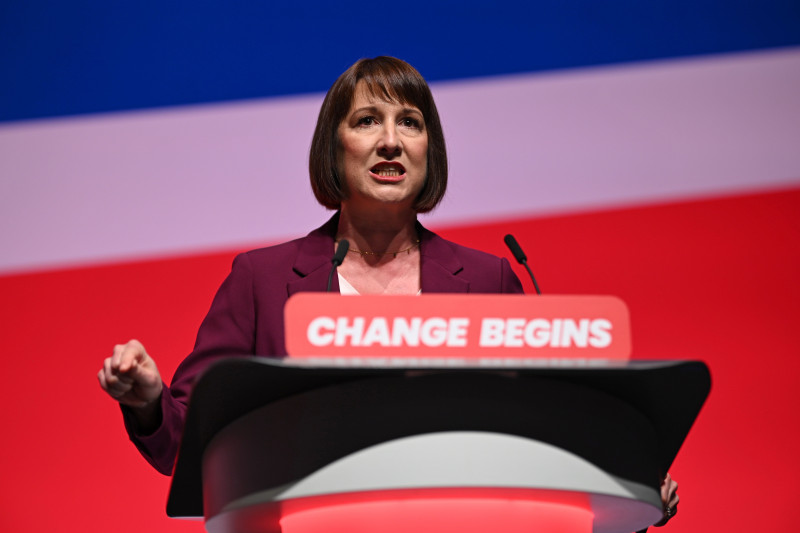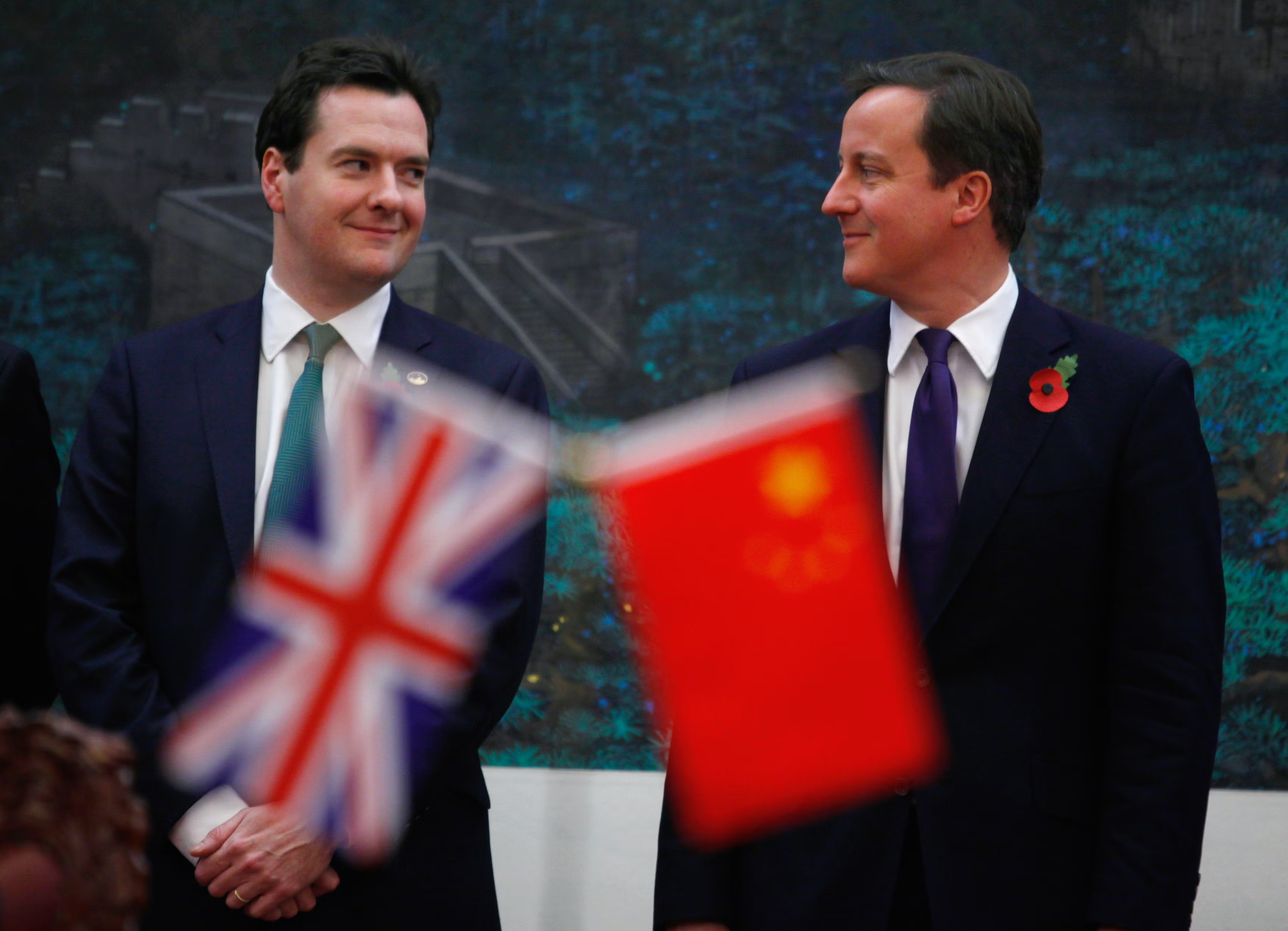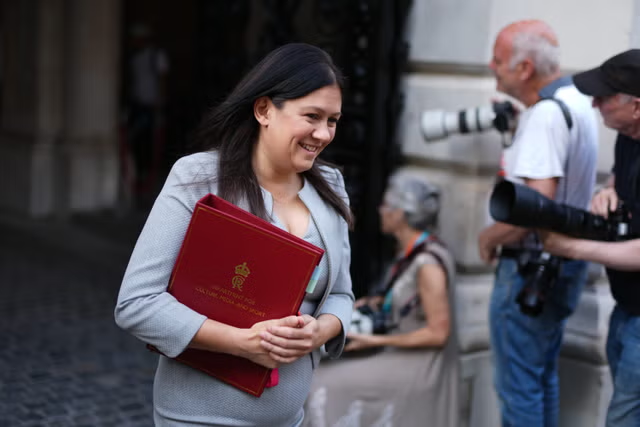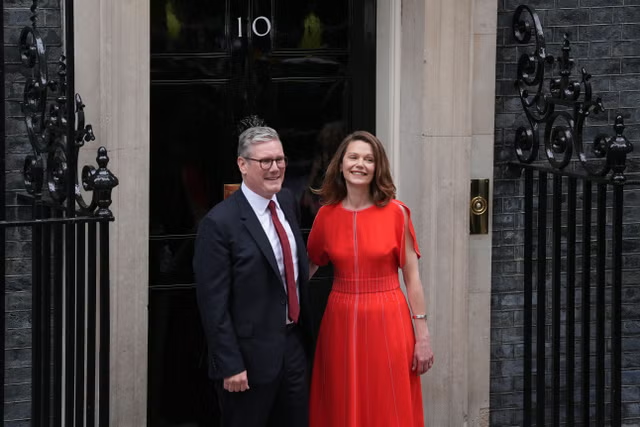Your support helps us to tell the story
Support NowAs your White House correspondent, I ask the tough questions and seek the answers that matter.
Your support enables me to be in the room, pressing for transparency and accountability. Without your contributions, we wouldn't have the resources to challenge those in power.
Your donation makes it possible for us to keep doing this important work, keeping you informed every step of the way to the November election

Andrew Feinberg
White House Correspondent
Rachel Reeves has promised that there will be “no return to austerity” at the Labour conference in Brighton, responding to critics who have compared her to previous Conservative governments.
Speaking at the party’s first conference in power for 14 years, Ms Reeves said: “Conservative austerity was a destructive choice for our public services – and for investment and growth too.
“We must deal with the Tory legacy and that means tough decisions. But we won’t let that dim our ambition for Britain.”
Last week, critics inside Labour reportedly accused the chancellor of “reheated” 2010 tactics, with one union insider telling The i that a “return to austerity” would not be welcomed.

Much of the criticism comes in response to the government’s decision to cut winter fuel payments for millions of pensioners, even in the face of fierce opposition.
Ms Reeves’ latest speech could be seen as a direct response to the critics, but it is unlikely to put a stop to the comparisons. Here’s everything you need to know about austerity and the criticisms Labour faces:
What is austerity?
After their election victory in 2010, the Conservative government embarked on a series of severe spending cuts and tax increases. Introduced by prime minister David Cameron and his chancellor George Osbourne, ministers would cuts expenditure on welfare, the NHS, schools, and other public services to the bone over the course of the next decade.
The strict economic programme began after Mr Cameron told Conservative members shortly before his election victory that “the age of irresponsibility is giving way to the age of austerity.” This would become the word used to define his government’s approach to public expenditure.

The Tory government at the time justified these austerity measures by saying they were necessary to reduce the national debt accumulated by Labour under short-serving prime minister Gordon Brown. Experts point out that the 2008 economic crash – not caused by the Labour government – shared far more of the blame.
In 2019, then-Conservative chancellor Sajid Javid declared “the end of austerity,” as he announced that spending would increase across all government departments.
A decade of cuts are not undone overnight, however. The respected Institute for Fiscal Studies (IFS) thinktank wrote at the time that public spending would still be 3 per cent below its level a decade ago, and more than 9 per cent lower per person. The human cost was also high, with food bank usage increasing from 41,000 in 2009/10 to 3.1 million in 2023/24 .
Five years on, in 2024, public spending has returned to 44.5 per cent, two percent lower than in 2009 during the previous Labour government’s last year. This was largely sparked by a drastic increase from 39.6 to 53.1 per cent due to the Covid pandemic, and is forecasted by the OBR to gradually fall over the next few years.
Is Rachel Reeves bringing back austerity?
Labour has ruled out a “return” to the austerity seen in the 2010s, and still felt long after. However, critics inside the party continue to accuse Ms Reeves of just that, arguing that her rhetoric and policies bear an all-too-similar resemblance.
It’s not hard to understand the case. Using her first speech in Commons at the end of July to reveal the £22bn “black hole” in public spending, Ms Reeves pinned the blame for the cuts this will necessitate on the previous government.
“Mr Speaker, the scale of this overspend is not sustainable,” she said, “not to act is simply not an option.”
The similarity to Mr Osbourne’s inaugural speech, in which he blamed the “thirteen years of fiscal irresponsiblity” on the swingeing cuts to come, was obvious.
And since coming into power, Labour’s messaging has only become gloomier. Speaking in August, Sir Keir Starmer said the party’s first budget was going to be “painful” but necessary to “fix the rot” left by the Tories.

The measures announced in the event will come after several already much-criticised moves. These include the controversial cut to winter fuel payments for pensioners, refusing to scrap the two-child benefit cap, and a multi-department spending review which aims to save £5.5bn.
However, Ms Reeves and her team point to several key differences from the austerity measures of 2010 onwards. Speaking to The New Statesman, they highlighted several measures of increased public expenditure which have already been committed to.
Included in this is the public sector pay rise of £9.4bn in real terms, alongside promised increases in NHS and school spending, funded by their policies on non-doms and private schools.
Crucially, they say the austerity measures of the 2010s were pursued for more reasons than just balancing the books. The Conservative government was interested in creating a ‘small state’, where more power was handed to business and entrepreneurs through measures such as lower corporation tax and increased private sector involvement in public service delivery.
While Labour has committed to working effectively with business leaders on government projects, it has also reaffirmed its desire for state-led projects. This includes the publicly-owned Great British Energy company, as well as the ambitious plan to re-nationalise the railways.
Truly, it would be too simplistic to brand Labour’s economic approach as ‘austerity 2.0,’ and far too early into their premiership. However, as the party pushes its message of more pain to come when it was promising “change” just a few months ago, many voters are likely left wondering if they haven’t been as short-changed today as they were in 2010.
Disclaimer: The copyright of this article belongs to the original author. Reposting this article is solely for the purpose of information dissemination and does not constitute any investment advice. If there is any infringement, please contact us immediately. We will make corrections or deletions as necessary. Thank you.



